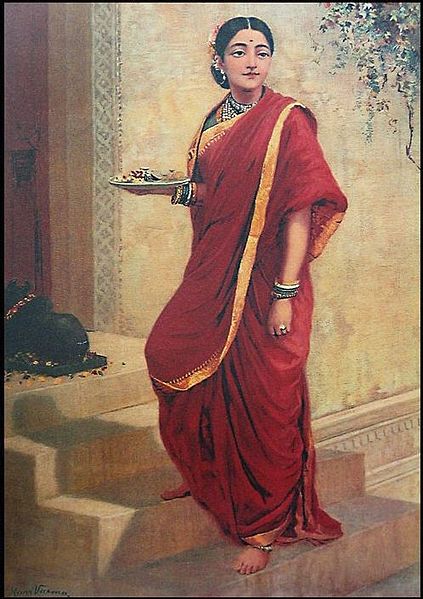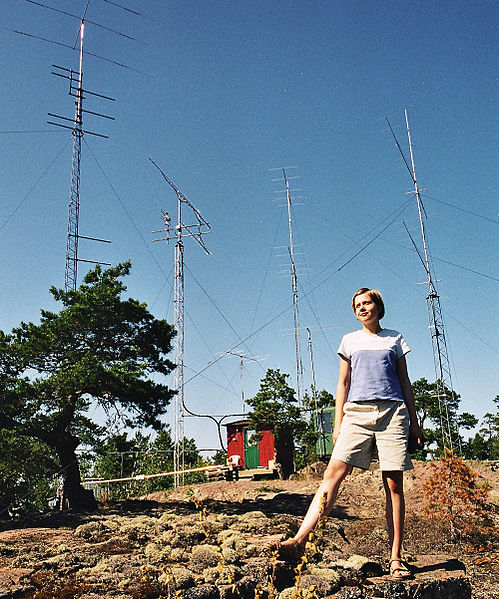A coat is typically an outer garment for the upper body, worn by any gender for warmth or fashion. Coats typically have long sleeves and are open down the front, and closing by means of buttons, zippers, hook-and-loop fasteners, toggles, a belt, or a combination of some of these. Other possible features include collars, shoulder straps, and hoods.
Man wearing a coat, painting by Julian Fałat, 1900
Overcoat (left) and topcoat (right) from The Gazette of Fashion, 1872
Justacorps, a seventeenth- and eighteenth-century knee-length coat, fitted to the waist with flared skirts
Frock coat, a kneelength men's coat of the nineteenth century
Clothing is any item worn on the body. Typically, clothing is made of fabrics or textiles, but over time it has included garments made from animal skin and other thin sheets of materials and natural products found in the environment, put together. The wearing of clothing is mostly restricted to human beings and is a feature of all human societies. The amount and type of clothing worn depends on gender, body type, social factors, and geographic considerations. Garments cover the body, footwear covers the feet, gloves cover the hands, while hats and headgear cover the head, and underwear covers the private parts.
Clothing in history, showing (from top) Egyptians, Ancient Greeks, Romans; Byzantines, Franks; and thirteenth through fifteenth century Europeans
A kanga, worn throughout the African Great Lakes region
Hindu lady wearing sari, one of the most ancient and popular pieces of clothing in the Indian subcontinent, painting by Raja Ravi Varma
A young woman wearing t-shirt and shorts at the warm summer in Åland








